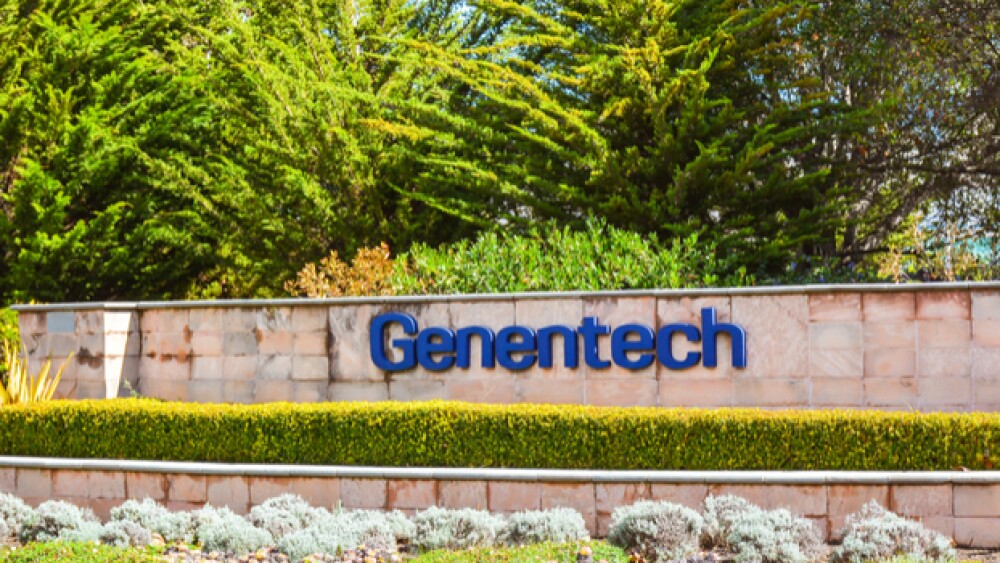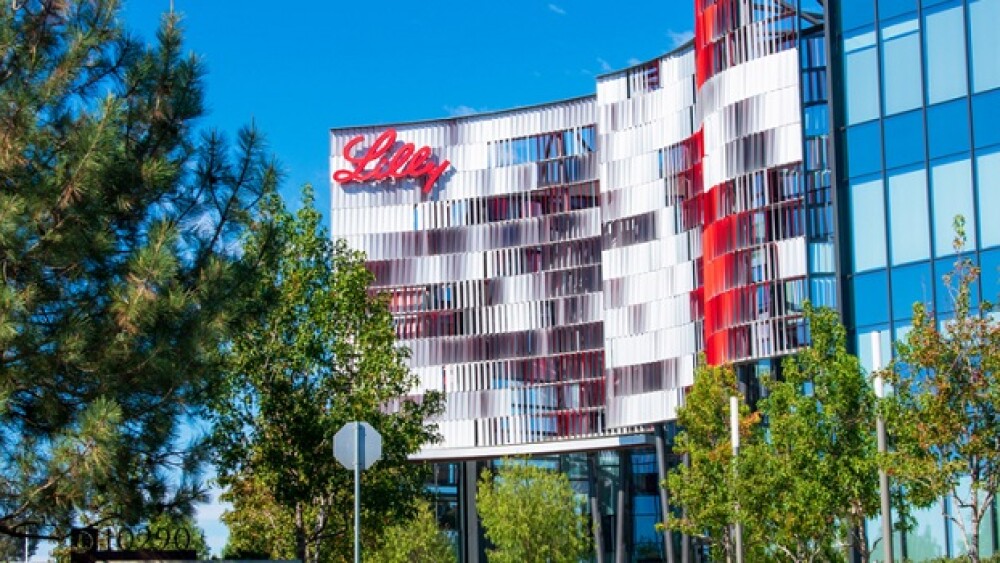Genentech announced on Wednesday that it has seen positive topline results from Archway, its Phase III study looking into its Port Delivery System (PDS) with ranibizumab for the treatment of neovascular or “wet” age-related macular degeneration.
jejim / Shutterstock
California-based Genentech announced on Wednesday that it has seen positive topline results from Archway, its Phase III study looking into its Port Delivery System (PDS) with ranibizumab for the treatment of neovascular or “wet” age-related macular degeneration (nAMD).
The PDS is a permanent refillable eye implant that is about the size of a grain of rice. It continuously delivers a customized formulation of ranibizumab over the course of months. Ranibizumab is a vascular endothelial growth factor inhibitor that is designed to bind and inhibit VEGF-A, a protein that is thought to play a critical role in the formation of new blood vessels and the leakiness of existing vessels.
In the Archway study, the primary endpoint was met among patients with the PDS who received refills every six months. The PDS was also generally well-tolerated with a favorable benefit-risk profile.
“For people around the world receiving frequent eye injections for neovascular AMD, this continuous delivery system could greatly reduce their treatment burden,” said Levi Garraway, M.D., Ph.D., Genentech’s chief medical officer and head of Global Product Development. “We look forward to presenting detailed Archway results at future medical meetings and discussing these data with regulatory authorities, with the aim of bringing this new treatment option to patients as soon as possible.”
Archway was a randomized, multicenter, open-label Phase III study that compared the PDS with ranibizumab to monthly intravitreal injections of ranibizumab. The primary endpoint of the trial was the change in best-corrected visual acuity score (BCVA) from a baseline at the average of Week 36 and Week 40. Secondary endpoints included the overall change in BCVA from baseline, the change from baseline in center point thickness over time, and safety.
AMD is a condition that impacts the part of the eye that provides the sharp, central vision necessary for activities, such as reading. It is also the leading cause of blindness in people age 60 and over in the U.S. Neovascular, or wet AMD, is an advanced form of the disease that can cause rapid and severe vision loss.
At the beginning of May, a study was published by researchers in the Division of Ophthalmology and Visual Science at Tottori University in Japan, looking into whether an immune-signaling molecule called interleukin-4 (IL-4) and bone marrow cells could protect the photoreceptors of people with “wet” AMD.
To begin, they measured levels of IL-4 in the watery fluid inside of the eyes of study participants with “wet” AMD. They also harvested samples of the same fluid in people undergoing surgery for cataracts, who served as the controls. Ultimately, the researchers discovered that people with wet AMD had higher levels of IL-4 in their eyes than the control group.
In mice, the team also discovered that high levels of IL-4 could potentially lead to excessive blood vessel growth in the eyes. When mice were given an antibody that blocks IL-4 production, blood vessel growth receded.
“Our results showed that IL-4 played a crucial role in the pathogenesis of [choroidal neovascularizations] by directing the migration and activating the angiogenic bone marrow cells,” wrote the authors of the report.
The team also concluded that through their research, it appears that IL-4 does the opposite of what they expected. Rather than protecting photoreceptors by inhibiting the growth of new blood vessels, it encouraged the growth of additional vessels.
Future treatments for wet AMD could potentially be focused on blocking IL-4 itself or the receptors to which it binds.





